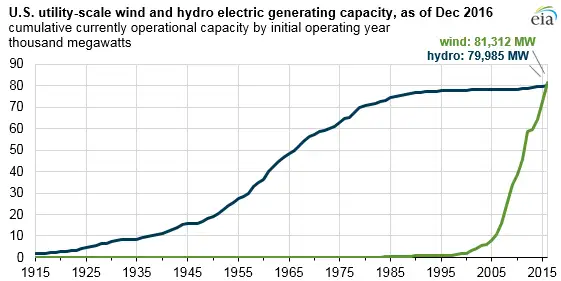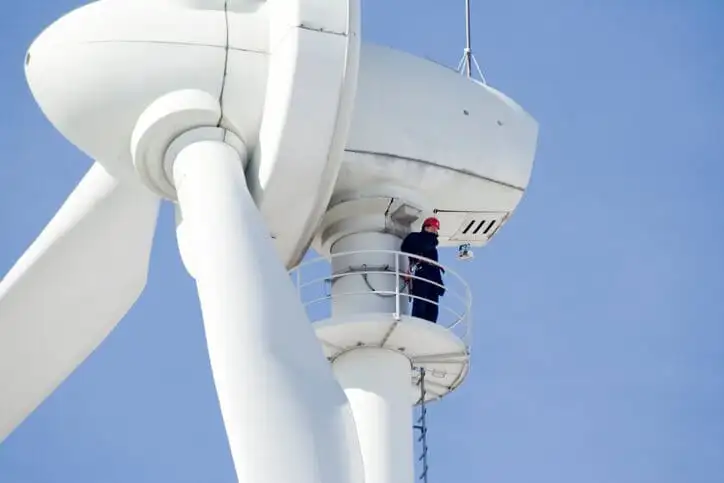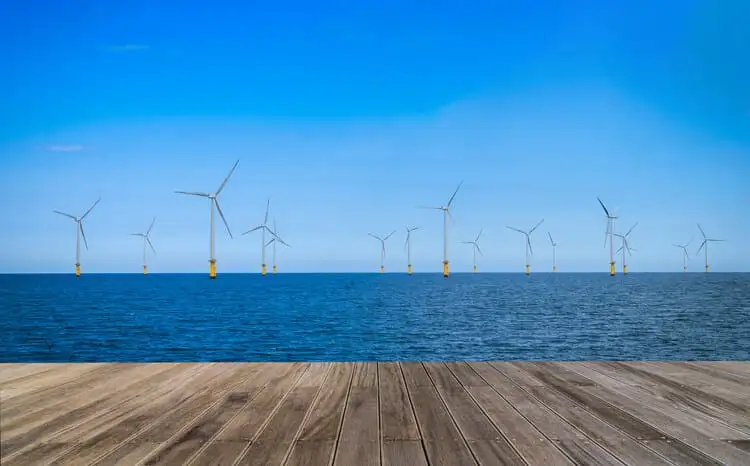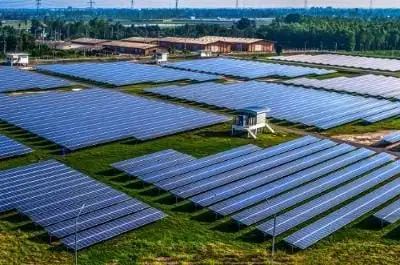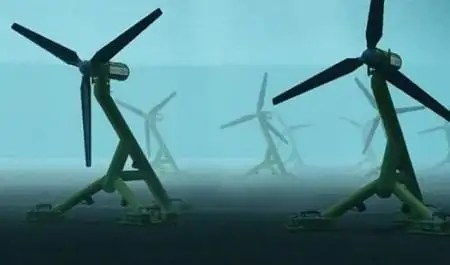Are solar and wind really killing coal, nuclear and grid reliability?
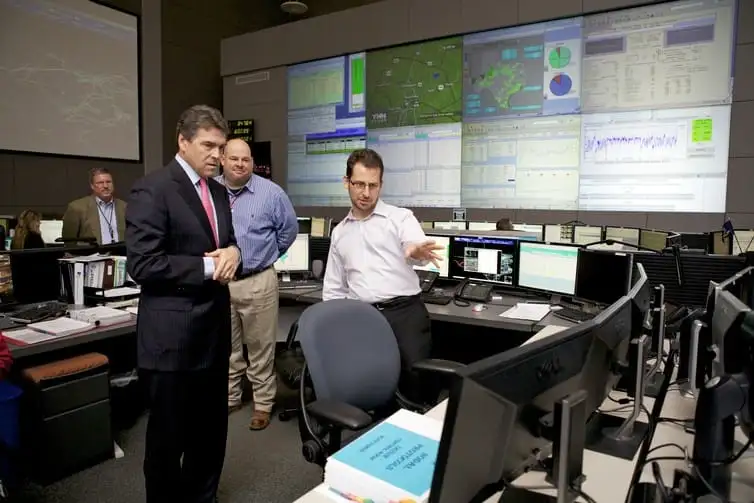
Substation Relay Protection Training
Our customized live online or in‑person group training can be delivered to your staff at your location.

- Live Online
- 12 hours Instructor-led
- Group Training Available
Renewable Energy Impact on Coal and Nuclear examines how wind, solar, and cheap natural gas reshape baseload economics, market design, and grid reliability, improving operations where modernized regulations and flexible generation balance variable output.
Key Points
Wind and solar and cheap gas erode coal and nuclear economics, while grids sustain reliability and cut emissions.
✅ Cheap natural gas undercuts aging coal plants.
✅ Variable renewables lower prices and emissions.
✅ Modern grid rules enhance flexibility and reliability.
U.S. Secretary of Energy Rick Perry in April requested a study to assess the effect of renewable energy policies on nuclear and coal-fired power plants.
Some energy analysts responded with confusion as the subject has been extensively studied by grid operators and the Department of Energy’s own national labs, alongside discussions of clean energy's hidden tradeoffs in broader debates. Others were more critical, saying the intent of the review is to favor the use of nuclear and coal over renewable energy sources.
So, are wind and solar killing coal and nuclear? Yes, but not by themselves and not for the reasons most people think. Are wind and solar killing grid reliability? No, not where the grid’s technology and regulations have been modernized to enhance grid resilience across operations. In those places, overall grid operation has improved, not worsened.
To understand why, we need to trace the path of electrons from the wall socket back to power generators and the markets and policies that dictate that flow. As energy scholars based in Texas – the national leader in wind – we’ve seen these dynamics, and renewables' growing share shape markets over the past decade, including when Perry was governor.
Wrong question
There has been a lot of ink spilled on why coal is in trouble. A quick recap: Natural gas is plentiful and cheap. Our coal fleet is old and depreciated. Energy use in the U.S. has flatlined, so there’s less financial incentive to build big new power plants.
Part of Perry’s review is aimed at establishing how wind and solar, which are variable sources of power, and help explain why the grid isn’t 100% renewable yet under present constraints, are affecting so-called baseload sources – the power plants that provide the steady flow of electricity needed to meet the minimum demand.
Posing the question whether wind and solar are killing baseload generators, including coal plants, reveals an antiquated mindset about power markets that hasn’t been relevant in many places for at least a decade. It would be similar to asking in the late 1990s whether email was killing fax machines and snail mail. The answer would have been an unequivocal “yes” followed by cheers of “hallelujah” and “it’s about time” because both had bumped into the limits of their utility. How quickly 1990s consumers leaped to something faster, less impactful and cheaper than the older approach was a sign that they were ready for it.
Something similar is happening in today’s power markets, as customers again choose faster, less impactful, cheaper options – supported by falling wholesale electricity prices – namely wind, solar and natural gas plants that quickly boost or cut their output – as opposed to clinging to the outdated, lumbering options developed decades before. Even the Department of Energy’s own analysis states that “many of the old paradigms that govern the (electricity) sector are also evolving.”
Wind and solar are making older generators less viable because their low, stable prices and emissions-free operation are desirable. And they aren’t hurting grid reliability the way critics had assumed because other innovations have happened simultaneously.





